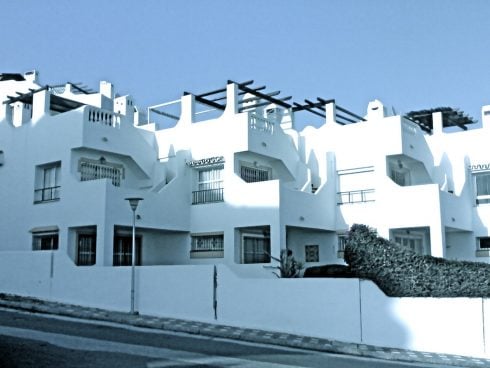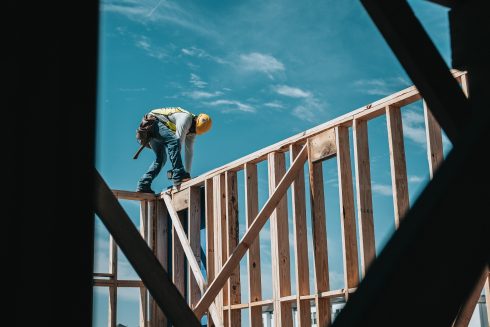 AS an RICS registered valuers, we are constantly comparing properties in order to calculate the current market value.
AS an RICS registered valuers, we are constantly comparing properties in order to calculate the current market value.
These include ‘self-build’ properties that do not have decennial structural insurance.
To obtain, that involves supervision of the foundations and structure by an independent third-party specialist as they are built, and 10-year insurance against failure thereafter.
This is obligatory for promoters building on behalf of others, but it is optional if one is building a house for oneself.
However, without it, there is a restriction on sale, recorded in the title register, for 10 years from completion of the building.

A house without this insurance must be worth less than a fully supervised and insured building.
Banks are becoming aware of this to and so it will obviously affect the value of the property and your security for a mortgage.
Even after the 10-year period is completed, there may be a small residual detraction in value.
Having said that, if a structure has stood unaffected for 10 years, it is likely to be an external force that affects it rather than an inherent defect, but even these could have been covered by the pre-build geological survey, which has to be taken into account in the approved foundation design.
So, say you want to sell four years after you’ve built the house without decennial insurance. You will have to obtain retrospective structural insurance or the sale will not be recorded in the title register.
 Consultation with insurance brokers indicates that the cost of a retrospective decennial insurance can be in the region of 0.3 to 0.5% of the rebuild cost (not the market value), which on a decent sized house could be €30,000.
Consultation with insurance brokers indicates that the cost of a retrospective decennial insurance can be in the region of 0.3 to 0.5% of the rebuild cost (not the market value), which on a decent sized house could be €30,000.
In addition, there is a flat rate cost of say €3,000 for the fees of the engineer who will study all the paperwork relating to the site and the building construction.
There is bound to be some hesitancy and a considerable number of caveats even if all the paperwork is available and the engineer has taken tests of the concrete in the foundations and upper structure.
It may well be that these caveats will make the insurance effectively worthless, but it has to be there.
Click here to read more News from The Olive Press.








